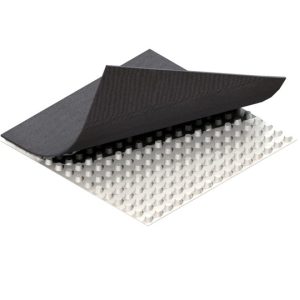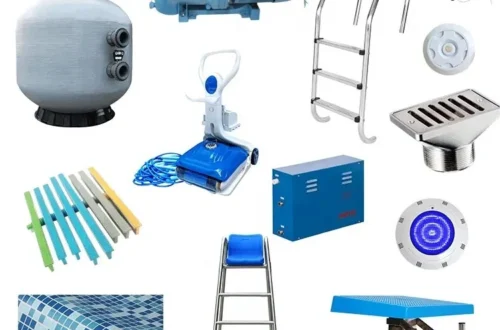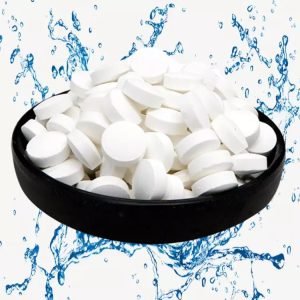The Ultimate Guide to Bushing: Types, Applications, and Maintenance Tips
The Ultimate Guide to Bushing: Types, Applications, and Maintenance Tips
Bushings are essential mechanical components used across countless industries to reduce friction, absorb shock, and guide moving parts. Understanding their function is key to optimal machinery performance.
Primary Functions and Material Choices
Bushings primarily serve as a lining or sleeve for rotating shafts, pins, or hinges. They minimize wear, dampen vibrations, and correct misalignment. Common materials include bronze for high-load applications, plastic for corrosion resistance, and rubber for vibration isolation.
Common Bushing Types Explained
Selecting the right bushing type is critical for your application’s success and longevity.
Sleeve Bushings and Flange Bushings
Sleeve Bushings, the simplest type, are cylindrical and used for radial loads. Flange Bushings feature a radial flange to handle both radial and light axial loads, preventing axial movement.
Spherical and Tapered Bushings
Spherical Bushings accommodate angular misalignment, while Tapered Bushings are perfect for secure mounting on tapered shafts, offering easy installation and removal.
Where Are Bushings Used?
From automotive suspensions to industrial conveyor systems, bushings are ubiquitous. They are vital in vehicle control arms, electric motor mounts, construction equipment, and even everyday household appliances.
Expert Maintenance Tips for Longevity
Proper maintenance extends bushing life and prevents costly downtime.
Regular Inspection and Lubrication Schedules
Look for signs of wear, cracking, or deformation. Establish a regular lubrication schedule based on operating conditions to reduce friction and heat buildup.
Replacement Guidelines and Installation Best Practices
Replace bushings at the first sign of excessive play or deterioration. Always use proper tools during installation to avoid damaging the new component or the housing.
Frequently Asked Questions
Q: How do I know when a bushing needs replacement?
A: Common signs include unusual noises (squeaking or clunking), excessive vibration, visible wear, or degraded handling in vehicles.
Q: Can I lubricate all types of bushings?
A> No. While metal bushings often require grease or oil, self-lubricating or plastic bushings typically do not. Always check the manufacturer’s specifications.
Q: Where can I find high-quality bushings for my project?
A> For a reliable selection of durable components, consider sourcing your Bushing from a trusted specialist.
Upgrade Your Equipment Today
Don’t let a worn bushing compromise your machinery’s performance and safety. Investing in the right bushing ensures smoother operation and reduced maintenance costs. Explore our comprehensive catalog to find the perfect solution for your specific needs and keep your systems running efficiently.


